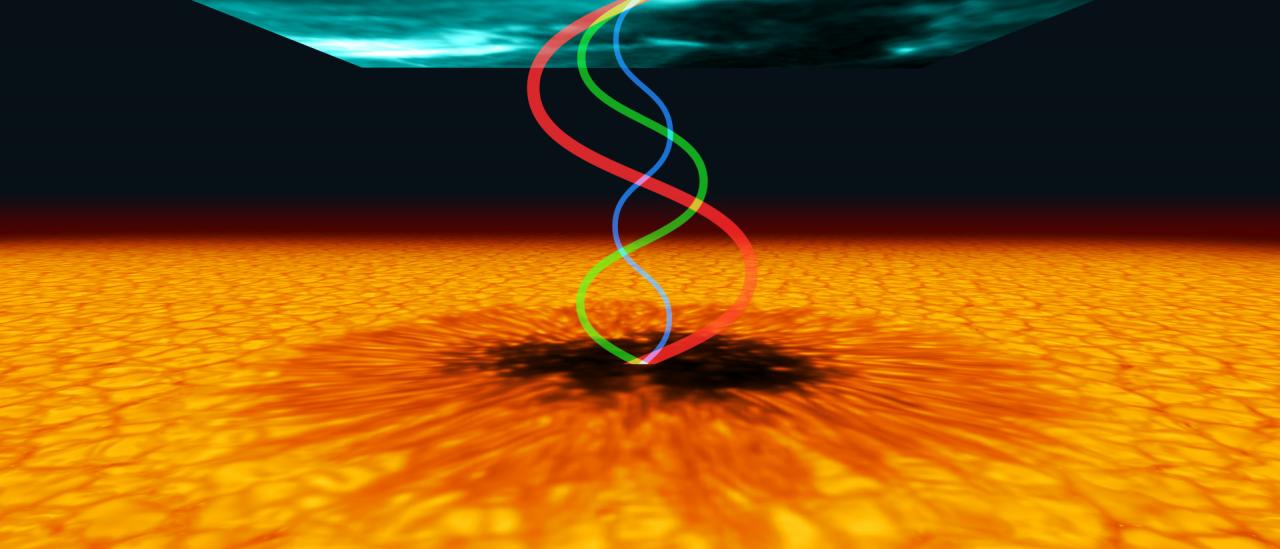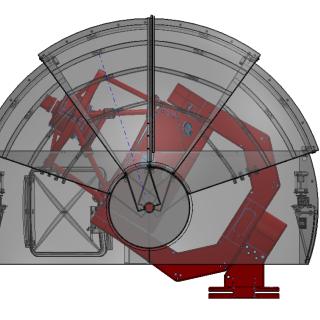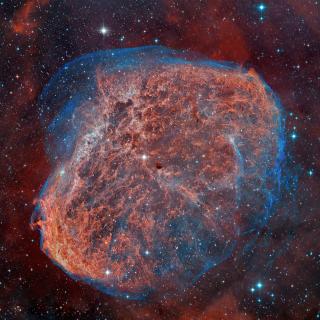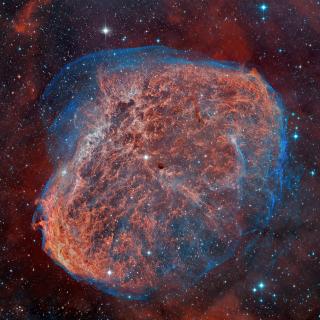Umbral flashes are sudden brightenings commonly visible in the core of some chromospheric lines. Theoretical and numerical modeling suggests that they are produced by the propagation of shock waves. According to these models and early observations, umbral flashes are associated with upflows. However, recent studies have reported umbral flashes in downflowing atmospheres. We aim to understand the origin of downflowing umbral flashes. We explore how the existence of standing waves in the umbral chromosphere impacts the generation of flashed profiles. We performed numerical simulations of wave propagation in a sunspot umbra with the code MANCHA. The Stokes profiles of the Ca II 8542 Å line were synthesized with the NICOLE code. For freely propagating waves, the chromospheric temperature enhancements of the oscillations are in phase with velocity upflows. In this case, the intensity core of the Ca II 8542 Å atmosphere is heated during the upflowing stage of the oscillation. However, a different scenario with a resonant cavity produced by the sharp temperature gradient of the transition region leads to chromospheric standing oscillations. In this situation, temperature fluctuations are shifted backward and temperature enhancements partially coincide with the downflowing stage of the oscillation. In umbral flash events produced by standing oscillations, the reversal of the emission feature is produced when the oscillation is downflowing. The chromospheric temperature keeps increasing while the atmosphere is changing from a downflow to an upflow. During the appearance of flashed Ca II 8542 Å cores, the atmosphere is upflowing most of the time, and only 38% of the flashed profiles are associated with downflows. We find a scenario that remarkably explains the recent empirical findings of downflowing umbral flashes as a natural consequence of the presence of standing oscillations above sunspot umbrae.
Artist’s conception of waves trapped between the surface of a sunspot (lower image, taken with GREGOR/GFPI) and the transition region (upper image, by courtesy of NASA/SDO and AIA). Credit: Gabriel Pérez Díaz, SMM (IAC).
Advertised on
Authors
Tobías
Felipe García
V. M. J. Henriques
J. de la Cruz Rodríguez
Héctor David
Socas Navarro
References



